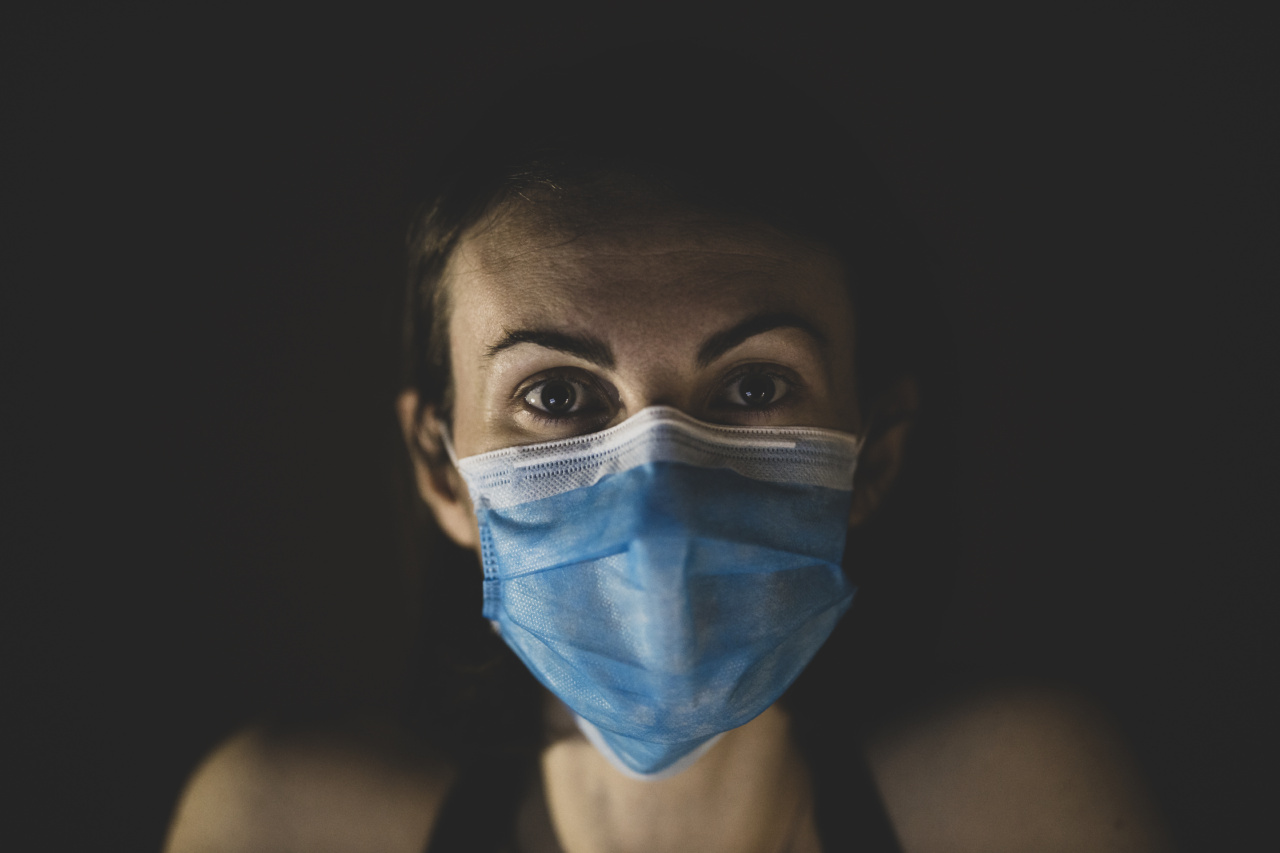Diphtheria is a highly contagious bacterial infection caused by the bacterium Corynebacterium diphtheriae. It primarily affects the mucous membranes of the throat and nose, resulting in severe respiratory symptoms.
In some cases, it can also affect the skin. Diphtheria is a potentially deadly infection, particularly in young children and individuals with weakened immune systems.
Understanding the causes, symptoms, treatment options, and prevention measures for diphtheria is crucial in controlling its spread and reducing its impact on public health.
Causes of Diphtheria
Diphtheria is caused by the bacterium Corynebacterium diphtheriae, which spreads from person to person through respiratory droplets or direct contact with infected individuals.
When an infected person coughs or sneezes, the bacterium can be released into the air and inhaled by others. It can also spread through contact with items or surfaces contaminated with the bacteria. Unvaccinated individuals or those with incomplete immunization are at a higher risk of contracting diphtheria.
Symptoms of Diphtheria
The signs and symptoms of diphtheria can vary depending on the site of infection, with respiratory diphtheria being the most common form. The symptoms typically start within 2 to 5 days of exposure and may initially resemble those of a common cold.
However, they can progress rapidly and become more severe. Common symptoms include:.
- Fever
- Sore throat
- Swollen glands in the neck
- Weakness and fatigue
- Difficulty breathing or swallowing
- Grayish-white membrane in the throat or nose
- Hoarse voice
If left untreated, diphtheria can lead to complications such as airway obstruction, myocarditis (inflammation of the heart muscle), nerve damage, and kidney problems.
Diagnosis and Treatment
If diphtheria is suspected, a healthcare provider will likely perform a physical examination and collect a sample from the throat or nose for laboratory testing. The sample is then examined for the presence of the bacteria.
Prompt diagnosis is important to begin treatment as early as possible. Treatment typically involves:.
- Administration of diphtheria antitoxin to neutralize the toxins produced by the bacteria
- Antibiotic therapy, usually with erythromycin or penicillin
- Isolation of the patient to prevent further spread of the infection
- Supportive care to relieve symptoms and manage complications
Prevention of Diphtheria
The most effective method of preventing diphtheria is vaccination. The diphtheria vaccine is usually given as part of a combination vaccine called DTaP or Tdap, which provides protection against diphtheria, tetanus, and pertussis (whooping cough).
Vaccination is recommended for infants, children, adolescents, and adults who have not received all the recommended doses. Additionally, maintaining good hygiene practices such as regular handwashing and covering the mouth and nose while coughing or sneezing can help reduce the risk of transmission.
Diphtheria in Developing Countries
While diphtheria has become relatively rare in developed countries due to widespread vaccination programs, it remains a significant public health concern in many developing countries.
Factors contributing to higher diphtheria rates in these regions include limited access to vaccines, poor healthcare infrastructure, and inadequate surveillance and control measures. International efforts are being made to improve vaccine coverage and strengthen healthcare systems to combat diphtheria and reduce its burden on vulnerable populations.
Conclusion
Diphtheria is a serious and potentially fatal infection that primarily affects the respiratory system. Understanding the causes, symptoms, and treatment options is vital in managing this disease and preventing its spread.
Vaccination against diphtheria, along with good hygiene practices, plays a crucial role in controlling the infection. While the incidence of diphtheria has decreased in many parts of the world, continuous efforts are needed to ensure comprehensive immunization programs and healthcare infrastructure in order to eliminate diphtheria globally.






























